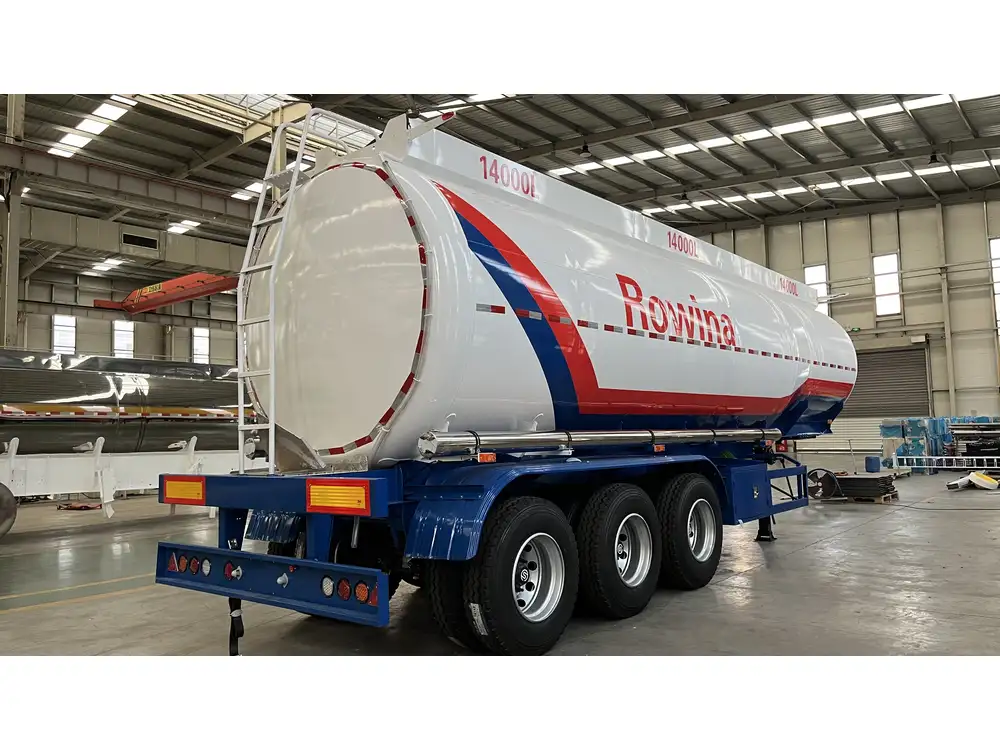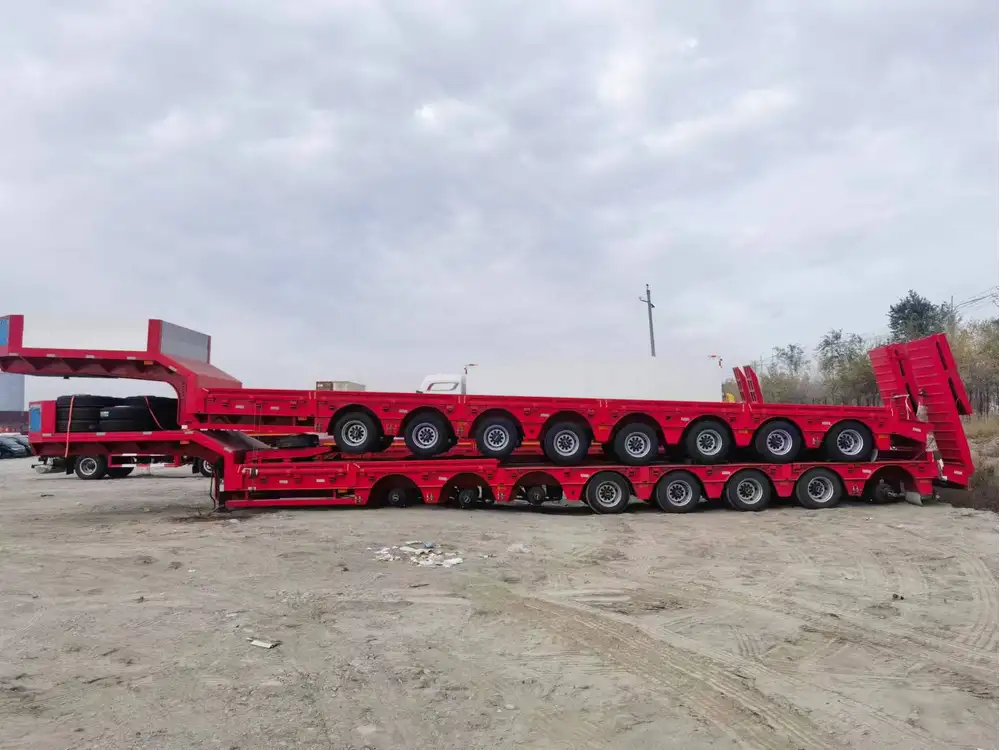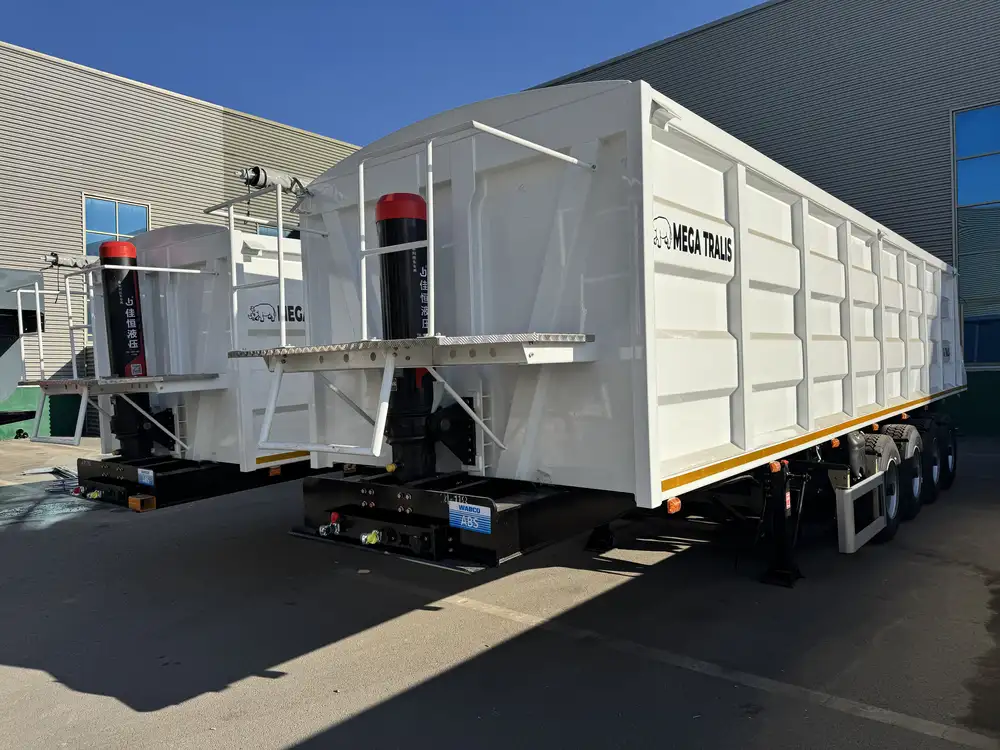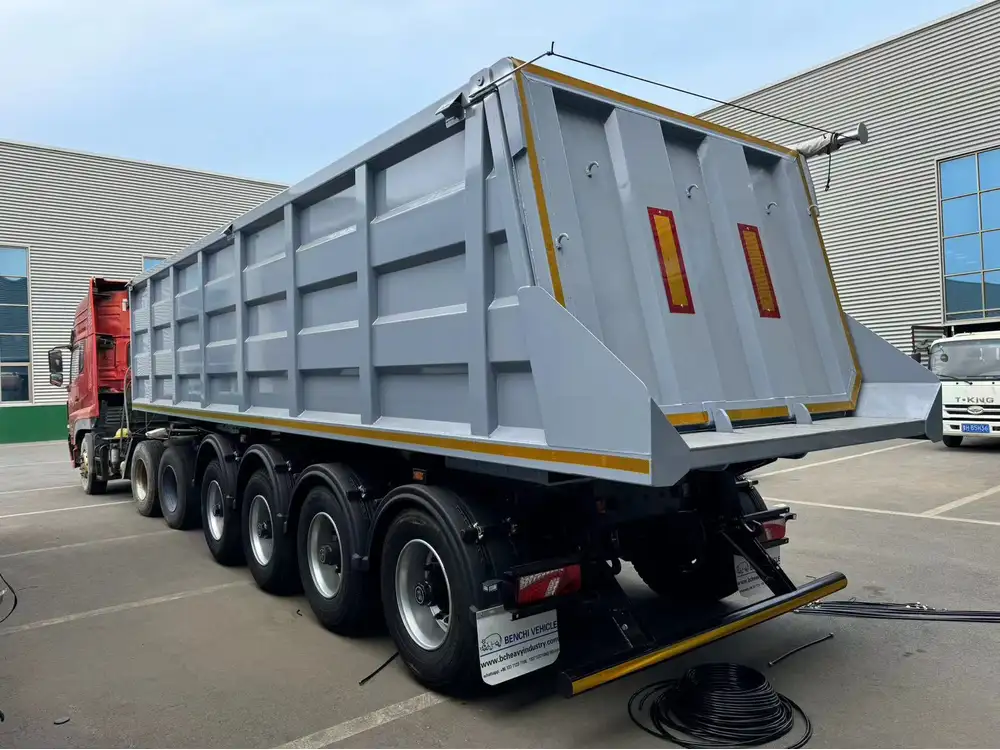Understanding the capacity of a semi-trailer is crucial for both manufacturers and users in the transportation industry. This guide will explore the intricacies of semi-trailer capacities measured in bushels and discuss the factors influencing these numbers.
What is a Bushel?
A bushel is a unit of volume commonly used in agriculture to measure dry goods, such as grains and seeds. The bushel is equivalent to approximately 35.2 liters or 1.25 cubic feet. Knowing this unit is essential for anyone looking to transport agricultural products via semi-trailer at maximum efficiency.
Importance of Knowing Semi-Trailer Capacity
- Optimizing Load Efficiency: Determining how many bushels a semi-trailer can hold aids in calculating the most efficient loads and routes.
- Cost-Effectiveness: More bushels per trip can mean reduced transportation costs.
- Regulatory Compliance: Understanding load limits helps in adhering to safety and road regulations.

Types of Semi-Trailers and Their Capacities
The capacity of a semi-trailer can differ greatly depending on its design, material, and intended use. Below, we layout various types of semi-trailers and their typical bushel capacities.
| Semi-Trailer Type | Average Length | Average Height | Bushel Capacity |
|---|---|---|---|
| Standard Dry Van | 53 ft | 13.5 ft | 1,600 – 1,800 |
| Flatbed | 48 ft | Varies | 1,000 – 1,200 |
| Grain Hopper | 40 ft | 13.5 ft | 1,200 – 1,600 |
| Live Bottom Trailers | 40 ft | Varies | 800 – 1,200 |
| Lowboy | 30 – 53 ft | Varies | Not applicable |
1. Standard Dry Van Trailers
These are the most common semi-trailers seen on highways and are generally closed, providing protection against the elements. The typical capacity is around 1,600 to 1,800 bushels, depending on the design.
2. Flatbed Trailers
Flatbed trailers have no sides or roof, allowing for oversized loads but limiting secure storage space. A flatbed can hold approximately 1,000 to 1,200 bushels but often requires additional securing measures due to the open nature of the load area.

3. Grain Hopper Trailers
Specifically designed for transporting bulk grains, grain hopper trailers can range from 1,200 to 1,600 bushels. Their design allows for easy unloading through gravity, making them an efficient choice for grain transport.
4. Live Bottom Trailers
These trailers feature a conveyor system that moves the load out of the trailer. Live bottom trailers typically hold around 800 to 1,200 bushels and are utilized primarily for materials that need controlled unloading.
5. Lowboy Trailers
Lowboys are designed for transporting heavy equipment and machinery. Their unique design means they do not typically transport agricultural products, hence do not have a bushel capacity.

Factors Influencing Bushel Capacity
Several factors affect how many bushels a semi-trailer can hold:
Dimensions and Design
- Length and Width: A standard semi-trailer length of 53 feet and width of 8.5 feet usually provides the most optimized volume, but variations in trailer designs can affect capacity.
- Height: The internal height of the trailer also plays a vital role. Taller trailers can store more grain, leading to higher bushel counts.
Load Type
- Type of Goods: Different products have varying densities. For example, while wheat is lighter than corn, it occupies the same volume but would be measured differently in bushels.
- Packaging: How the product is packed influences the number of bushels. Bulk loads generally maximize capacity compared to palletized goods.

Regulatory Aspects
- Weight Restrictions: Laws may limit the maximum weight a semi-trailer can carry, which indirectly influences the number of bushels transported. A trailer may physically hold a certain volume but still be bound by weight laws.
- Road Conditions: Compliance with local regulations regarding load size and weight can change depending on the condition of roads, bridges, or urban environments.
Calculating Bushel Capacity
To calculate the bushel capacity of a semi-trailer, you can use the following formula:
[ \text{Bushels} = \frac{(\text{Length} \times \text{Width} \times \text{Height})}{\text{Volume of One Bushel}} ]Where:
- Length, Width, and Height are in cubic feet.
- The volume of one bushel is approximately (1.25 \, \text{cubic feet}).
Example Calculation
For a standard 53-foot dry van trailer:
- Convert dimensions to feet:
- Length = 53
- Width = 8.5
- Height = 13.5
- Now calculate bushels:
This rough calculation suggests that a standard trailer has a significant volume of bushels, though actual transportable quantity may be less due to weight limitations and product type.

Best Practices for Efficient Loading
To ensure you’re maximizing the bushel capacity of your semi-trailer, consider the following best practices:
1. Proper Weight Distribution
Distributing weight evenly across axles can prevent overloading and improve safety, which is crucial when maxing out capacity.
2. Use Suitable Trailers for Specific Loads
Select the best trailer type that suits the cargo’s needs; for example, use grain hoppers for bulk grain transport to avoid loss and ensure effective unloading.

3. Regular Maintenance and Inspections
Ensuring that trailers are well-maintained and inspected regularly leads to enhanced safety and performance. This maintenance could potentially affect how effectively a trailer can be loaded and utilized.
4. Utilize Technology
Utilizing weight management systems can provide real-time data on load weight, helping to optimize loads and ensure compliance with regulations.
Common Misconceptions about Semi-Trailer Capacity

“All semi-trailers have the same capacity.”
Not all semi-trailers are designed equally. Each type accommodates different kinds of cargo, leading to varied capacities.
“Bushel capacity directly correlates to weight capacity.”
While there is a link between bushel and weight capacities, they do not directly correlate due to differences in material densities.
Conclusion
Knowing how many bushels a semi-trailer can hold is essential for effective transportation logistics in the agriculture and freight industries. By understanding the types of trailers, factors influencing capacity, and how to calculate bushel counts accurately, manufacturers and distributors can enhance operational efficiency and cost-effectiveness.
By employing these insights, you will be equipped to make informed decisions about your semi-trailer capabilities, optimizing every load and contributing to more successful transport operations. This holistic understanding is vital for anyone involved in logistics, agriculture, or freight transport, ensuring that resources are utilized to their fullest potential and businesses thrive in a competitive landscape.



